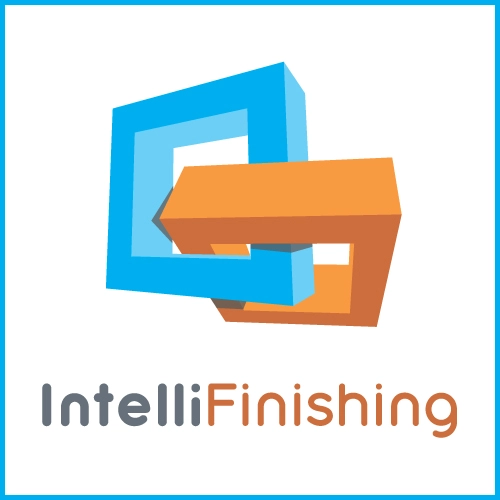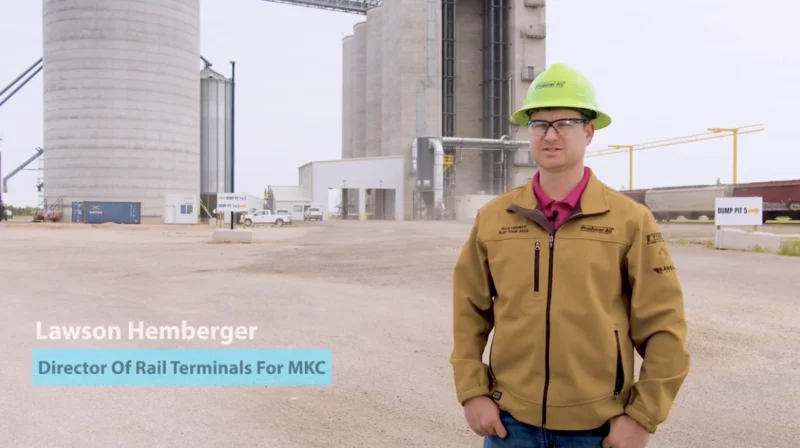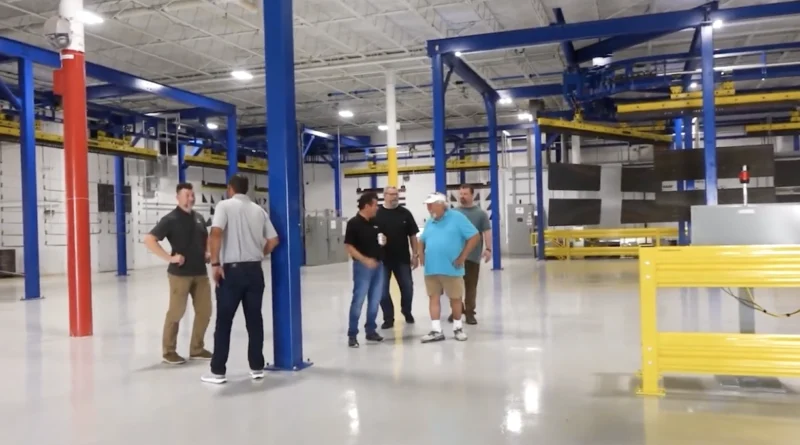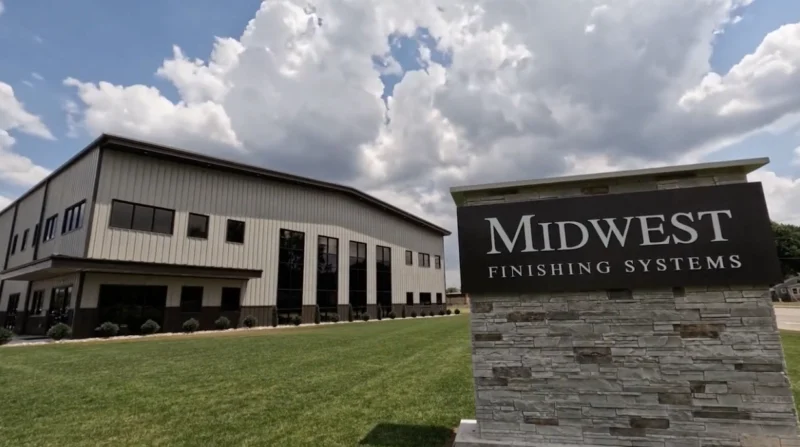How to Determine How Many Carriers Per Hour You Need on a Finishing System
When planning a new finishing system, one of the most common questions manufacturers ask is: How much capacity will I actually need? John Claman from IntelliFinishing breaks this down using a practical, step-by-step method focused on carriers per hour—a more flexible and accurate measure than traditional feet-per-minute calculations.
Instead of relying solely on conveyor speed, IntelliFinishing’s approach considers the variety, size, and volume of parts you expect to finish over time. Start by estimating how many parts you plan to finish annually—ideally using aspirational numbers to account for future growth.
Then, group your parts by size—small, medium, large, and extra-large—and estimate the largest dimensions for each category. Based on that, you can calculate how many parts fit on a single carrier, accounting for spacing and optimal load density.
Next, divide the total number of parts per year by the number of parts per carrier to find the carriers needed annually, then break that down by working days and hours to determine your required carriers per hour.
This method helps ensure your system is designed for flexibility and efficiency across a wide range of product types—something IntelliFinishing’s smart, friction-driven conveyor systems are built to handle better than traditional monorail setups.
Article written by MarketScale.




